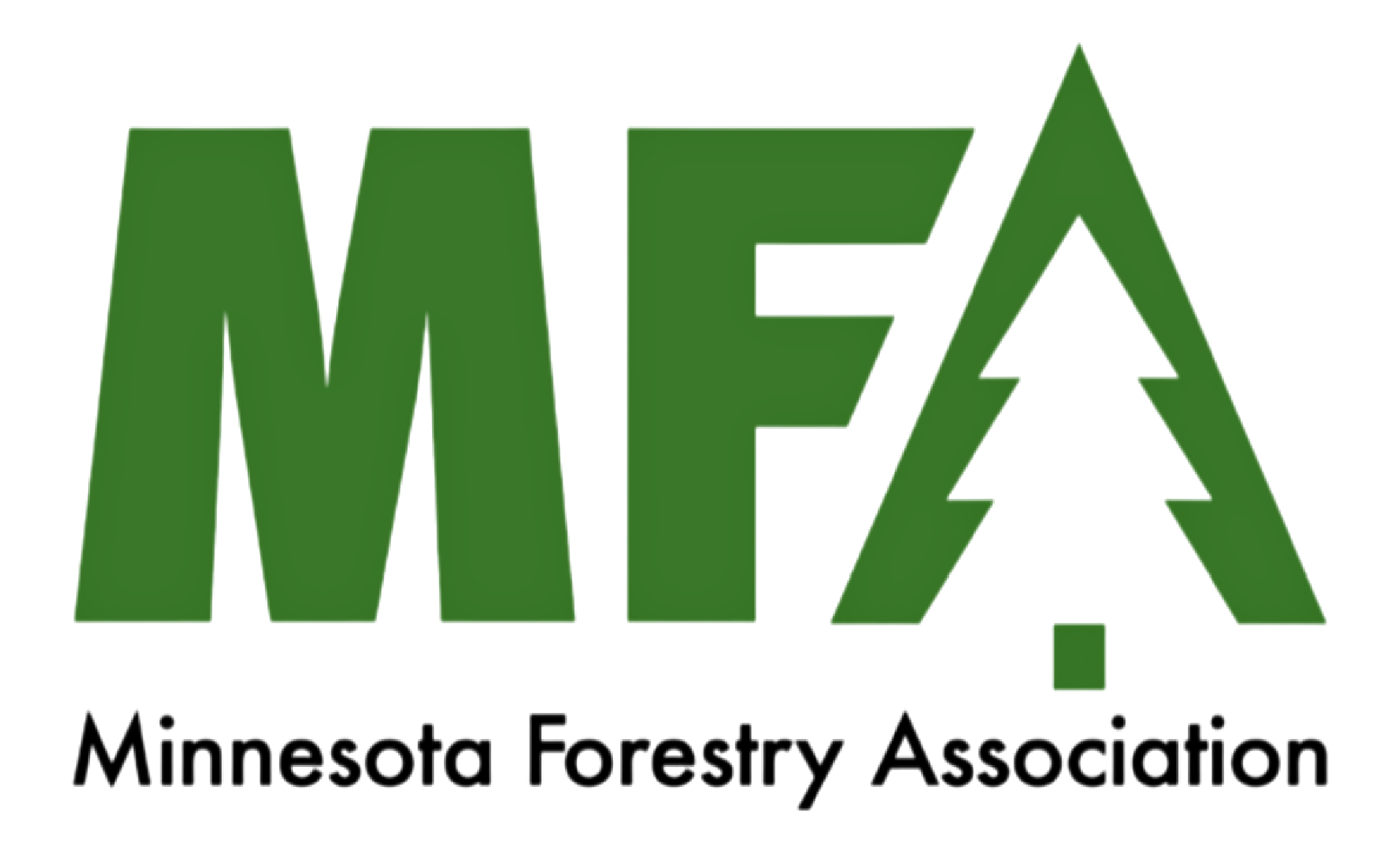A Seafarer on His Minnesota Land
Back in 1994 Jim Olsen realized a hunter’s dream: After years of looking he found hunting land to buy. It was located near Askov in northern Pine County, more than two hours from his Wright County home in South Haven. Nonetheless, the land seemed perfect for hunting. It was 120 acres and nearly entirely covered by woods. There were nine deer stands already erected in key spots and a comfortable, if rustic, one-bedroom cabin.
Then in 2002 Jim heard about Woodland Advisor training to be held in Grand Rapids and he signed up. At that time the training was conducted in four Friday-Saturday sessions during February and March.
It was during that training that Jim realized his land was good for much more than hunting deer and grouse. Shortly afterward he obtained a stewardship plan and then sold aspen on 40 of his acres. In 2006 he hired a consultant, a retired DNR forester, to mark trees for a selective thinning on 50 acres of hardwoods. An indication of how much time, effort and expense is involved in marking trees can be seen in the consultant’s report where he wrote:
“I used 20 gallons of paint, A total of 2,760 trees were marked, or about 58 trees per acre and, Marking time was 6 days for 2 people.”
Jim hasn’t contracted with anyone yet to harvest the marked trees. His preference is to cut the trees himself, if he can find someone to haul them to a mill. “A neighbor in South Haven and I have also talked about bringing his sawmill up here. I have some really nice big-tooth aspen that he would cut into boards.”
Now retired, Jim spent most of his professional life at sea, first for eight years in the Navy on a diesel-powered submarine, and then for 30 years as an engineer on a sea-going tug.
“The roughest seas I can recall were on that submarine,” Jim said. “Since it is very dangerous for a submarine to surface or dive during rough weather, we usually rode out a storm on the surface. One time I was in the conning tower when 70-foot waves were crashing down on us.
“On the tug, most of our trips were four or five days up and down the East Coast. Using an 1,800 foot cable, we’d pull a single barge filled with 11 million gallons of gas or other chemical. In bad weather, there was a risk of snapping the cable so, if a storm was forecast, we’d stay in port until it blew over.”
Back to his land, which Jim describes as his retreat and hunting shack:
“What I like most about the land,” says Jim, “is it’s a place to get away. Since cell service is very poor there, my wife wanted me to put in a phone but I said, ‘No’. I haven’t done much to the cabin since I bought it and I don’t have any intentions of making it better. I sweep it out once a year whether it needs it or not.
“When I first bought the land, hunting was the priority. Now, I still like hunting but bagging a deer is no longer that important to me. What I really like is working on little projects, like mowing the trails, and just enjoying the woods.”

